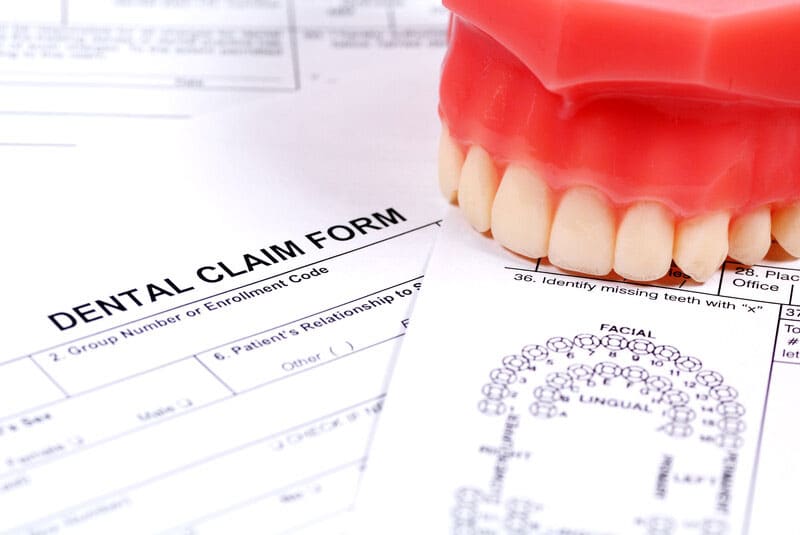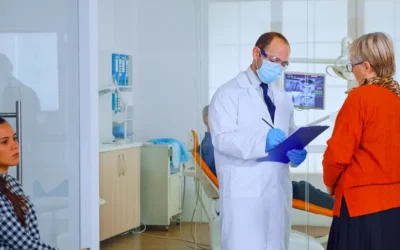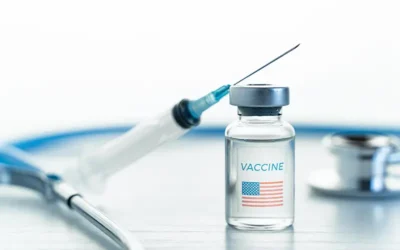A direct external impact to the head such as sports injuries, falls, or other accidents can cause injuries to the mouth, including teeth, lips, gums, tongue, and jawbones. Accidental dental injuries caused by an external force occur frequently in children and young adults. The most common accidental dental injury is a chipped/broken or lost tooth. Crown fractures are usually reported for permanent teeth. As endodontists focus on ensuring proper diagnosis, treatment planning and follow‐up to address dental trauma, partnering with a dental billing service provider is an ideal option to deal with insurance billing and claims processing. Experts are knowledgeable about the rules that apply to filing claims for dental accident injury treatment, which is critical for accurate billing and proper reimbursement.
Types of Traumatic Dental Injuries and their Treatment
The American Association of Endodontists lists three types of traumatic dental injuries: chipped or fractured teeth, luxated teeth and avulsed teeth.
- Chipped or fractured teeth: A chipped or fractured tooth is repaired by either reattaching the broken piece or by putting in a tooth-colored filling. An artificial crown or “cap” may be needed to restore it if a significant part of your tooth crown has broken off. Root canal treatment may be needed for cracked teeth and if a crown fracture has damaged or exposed the pulp. A full coverage crown would be needed to restore tooth function if the crack extends into the root. Extraction may be required for more seriously injured split teeth.
- Luxated or dislodged teeth: An injury can cause a tooth to be pushed sideways, out of, or into its socket. Treatment involves repositioning and stabilizing the tooth. Permanent teeth that have been dislodged usually need root canal treatment. A permanent root canal filling or crown is put in place at a later date after the treatment is successfully completed. As their teeth are still developing, children ages 12 and under may not need root canal treatment. The endodontist or dentist will monitor the healing carefully.
- Avulsed or knocked-out teeth: A knocked-out tooth is placed back in the socket along with a stabilizing splint. Based on the stage of root development, the dentist will start root canal treatment a week or two later.
- Root fractures: If the injury results in a horizontal root fracture, a splint will be used to stabilize the tooth as it heals.
Billing Dental Accidental Services
Accurate and timely dental coding and billing is necessary for appropriate reimbursement from payers. Here are the key points with regards to billing dental accidental services:
- The services provided should be medically necessary. A Dentistry Today article defines accidental dental services as “medically necessary services to restore a natural tooth to the most closely approximate pre-accident form and function”. Further, the damage must have occurred due to an accidental injury to a sound and healthy, natural tooth struck from outside the mouth, notes the report.
- Can the services be billed on a dental claim? In most cases, yes. When submitting a dental claim for trauma-related dental services, dentists should clearly indicate in the claim that the services provided are accident-related.
- Knowing payer rules, criteria and definitions is critical to submit accurate claims for trauma-related dental services. While all payer policies may state that dental procedures provided for “accidental external traumatic injury to a sound tooth” will be covered, each payer may have different verbiage on the matter (www.dentalmanagers.com). Carriers have different definitions of a sound natural tooth as well as trauma related medical benefits. For instance, some insurance companies define dental trauma as a “non-biting injury to a sound natural tooth.” In most cases, this excludes restorative services for teeth damaged by chewing or biting.
- Many dental payers (for e.g., Horizon Dental) usually cover services for accidental dental injuries under the patient’s medical and not dental plan. Coverage is plan-specific. Types of procedures usually reimbursed by medical plans include: examinations, diagnostic imaging, crowns and other restorations for chipped/broken teeth, avulsed teeth stabilization, endodontic treatment when needed as a direct result of the traumatic injury, dental implants to replace teeth lost due to trauma, and in rare case, denture damage caused by an external injury.
To ensure proper claim submission and billing, practices should perform dental insurance verification before treatment is provided. This involves checking the patient’s insurance information and contacting the insurance company if required. In addition to verifying demographic information, dental practices should check whether: the patient’s policy covers the required services and the services can be billed on a dental claim, and if preauthorization is required and if there is a time line as to when the work has to be completed.
Know the Codes
Claim for dental accidents should be submitted using the right codes. The appropriate ICD-10 code should be reported on the claim. The correct CDT or CPT code should be assigned for the treatment rendered. The following are some examples of: ICD-10 codes for accidental dental injuries (Horizontal Dental):
S03 Dislocation and sprain of joints and ligaments of head
S03.2 Dislocation of tooth
S03.2XXA Dislocation of tooth, initial encounter
S03.2XXD Dislocation of tooth, subsequent encounter
S03.2XXS Dislocation of tooth, sequela
S02 Fracture of skull and facial bones
S02.5 Fracture of tooth (traumatic)
S02.5XXA Fracture of tooth (traumatic), initial encounter for closed fracture
S02.5XXB Fracture of tooth (traumatic), initial encounter for open fracture
S02.5XXS Fracture of tooth (traumatic), sequela
S02.5XXK Fracture of tooth (traumatic), subsequent encounter for fracture with nonunion
S02.5XXD Fracture of tooth (traumatic), subsequent encounter for fracture with routine healing
S02.5XXG Fracture of tooth (traumatic), subsequent encounter for fracture with delayed healing
The appropriate evaluation and management (E & M) code for dental trauma patients (based on whether it is a new, established, or consultation visit).
Successful billing of dental accident injuries also depends on proper documentation. The documentation should clearly specify the patient’s complaint, how the accident occurred and the findings. All chart notes, diagnostic radiographs, and a complete treatment plan should be submitted with the claim.
Navigating the confusing rules of dental billing would be much easier with the help of an experienced dental billing service provider. Physician billing companies that provide dental billing services will contact the medical carrier to ask about their trauma coverage policies for the patient.




